Found dust on the surface of green tea? That’s the evidence of high quality
One of my customer asked me 実は、これはたまーにあるお問い合わせなのです。3年に1回くらいでしょうか(汗) この写真を御覧ください。たしかに、何か浮いているように見えます。 実は、これは「茶葉の産毛」です お茶に産毛??と疑問に思われるかもしれませんが、4月~6月頃に収穫されるその年の「一番摘み」の茶葉には、うっすらと産毛があります。葉っぱに白くて小さい毛がついています。 これは、二番茶(7月以降に摘む、その年2回目の茶摘み)では量が少なくなり、わからなくなります。 一番茶の若くて柔らかい芽だからこそ、出て来るのです。 これを「ホコリが浮いてる?」と勘違いされるのも無理はないかもしれませんが、実は、一番茶の柔らかい葉である証拠なのです。 一番茶と二番茶の味の落差は激しい? 一番茶、二番茶、という言葉を使っていますが、「その年、はじめて摘む茶葉」を一番茶、「二番目に摘む茶葉」を二番茶といいます。そして、三番茶、秋摘み、へと続きます。 一番茶の収穫の準備というのは、実は10月頃から始まっています。 冬に入る前、秋整枝といって余計な枝を刈り込んで肥料をやります。気温が15度を下回ってくると、茶の木の成長はとまり、越冬します。その間、土から養分をしっかりと溜め込みます。 さらに、春の新茶の季節の前に肥料をやり、ようやく一番茶の収穫になります。 つまり、一番茶は秋、春と二回分の肥料を溜め込んでから息吹くのです。 そして、二番茶の季節になると、気温が急激に上がります。気温が上がると、葉は短時間ですぐに大きくなり、葉は厚く、固くなります。 そうした茶葉は、味がどうしても落ちます。 比べて飲むんだとき、人によって表現は様々ですが、一番茶に比べて、二番茶は「味の深さがない」とか「渋みがある」とか「野性味っぽいのを感じる」とかいいます。 実際、もちろん、二番茶でも優良なものも中にはありますが、総じて一番茶とくらべて飲むと、誰でも違いがわかります。 また、三番茶までいくと、独特の酸味が出てきてかなり味が落ちます。 購入する時に気をつけるポイントは? 当社では特に明記していない限り一番茶しか使っていませんが、二番茶や三番茶が入った茶葉を販売している店もたくさんあります。 ところが、難しいのは、「この商品には、二番茶がブレンドされてます」と言って販売しているお茶屋はないことです。 見極めの方法は、茶業者が仕入れの際に行う方法があります。 一つは、茶葉を直接手で触ってさわり心地をみます。二番茶は、養分が詰まってないので茶葉が軽く、香りもやや浅いです。 もう一つの方法は、実際に飲むことです。味が薄かったり、独特の香りや渋みがあれば二番茶の可能性が高いです。(または、旬を過ぎてから刈った一番茶、という場合もあります。) ただ、実際購入する際には、ここまではできません。。 ですので、一番は信頼できるお店を見つけることです。当社であれば、特に断りがない限りすべて一番茶です。 もちろん、他にも二番茶を明記するお店もあると思いますので、どうぞお気に入り店舗を見つけてくださいませ。


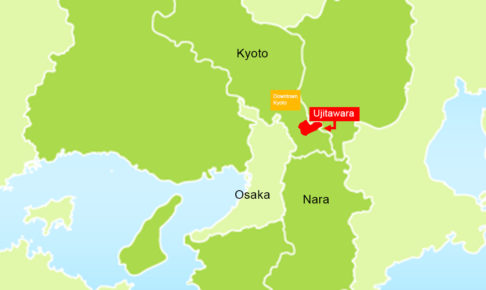
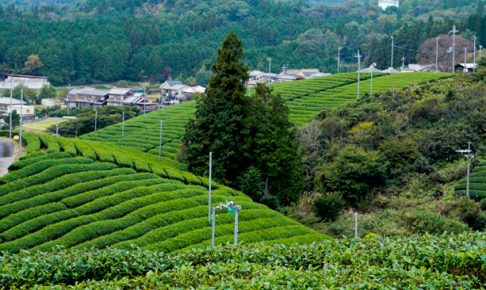
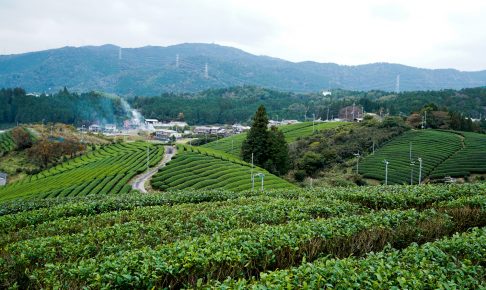
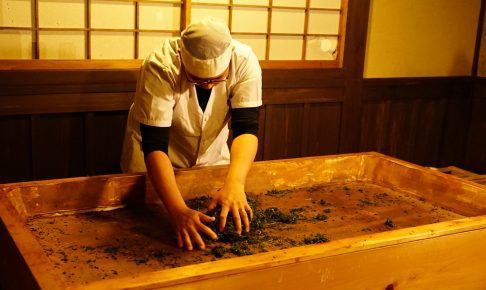
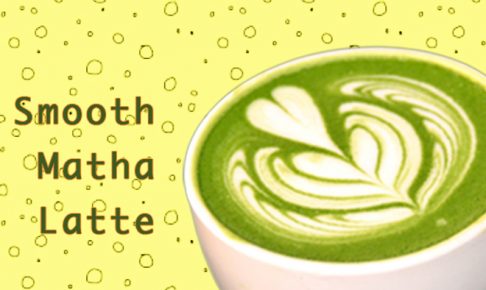
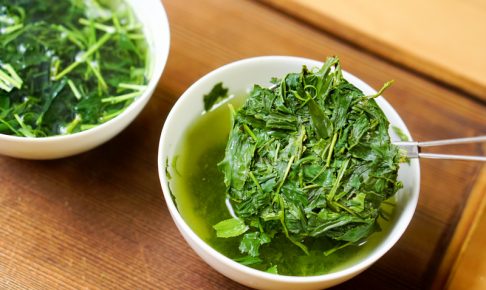
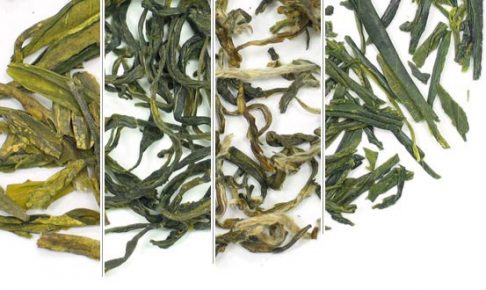
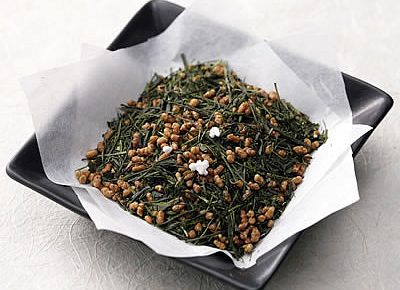
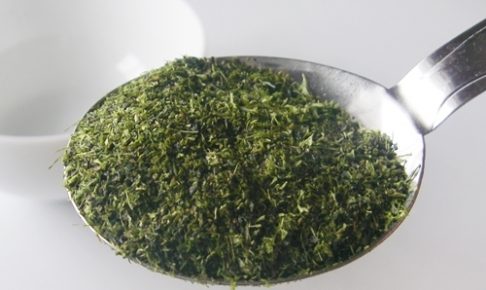
 ja
ja
Recent Comments